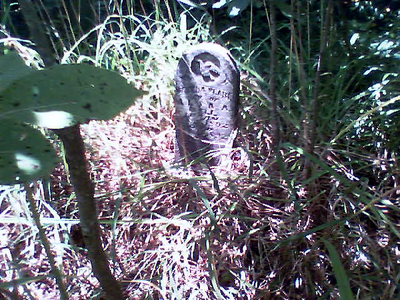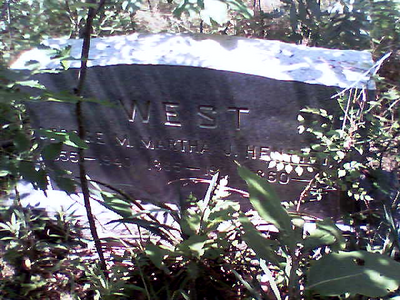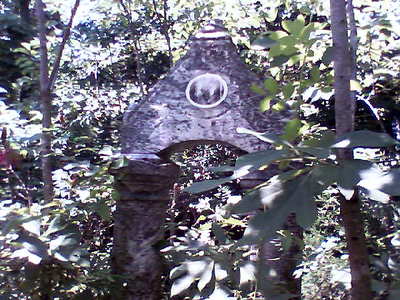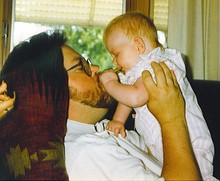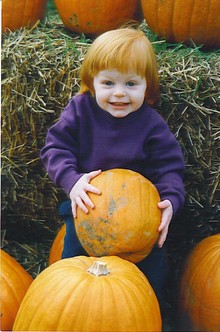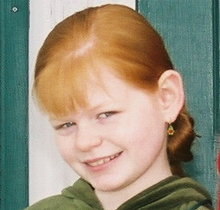In the hills of life there are two trails. One lies along the higher sunlit fields where those who journey see afar, and the light lingers even when the sun is down; and one leads to the lower ground, where those who travel, as they go, look always over their shoulders with eyes of dread, and gloomy shadows gather long before the day is done.
This, my story, is the story of a man who took the trail that leads to the lower ground, and of a woman, and how she found her way to the higher sunlit fields.
Traipsing the woods and hills of Missouri this past week and revisiting the depredations of the “bushwhacker” era on my ancestors, put me in mind of a book that has long been read for generations in my family, “The Shepherd of the Hills.” It is a stirring tale of romance, action and dark, even violent, secrets that weaves some important character lessons without being sanctimonious (well, maybe a couple of times). Set in the nearby Ozarks it was one of the first best-sellers in modern American literature and helped make its author, Harold Bell Wright, one of the most popular (if critically dismissed) writers of the first half of the 20th century. It also happens that this book was first released to the public on this day in 1907, 99 years ago.
It is a great book for all ages, but especially for young teens. I read it aloud to both my daughters when they reached a certain age and they loved it and were captivated by the story, but it will also appeal to boys and there’s plenty to think about for adults as well. Reportedly based on a true story (my grandfather had a copy of the book autographed by one of the minor characters in the tale) there’s a romance, but also plenty of action, and a deft and engrossing illumination of good vs. evil. Or, as the book itself says, “The story, so very old, is still in the telling.”
It is also the book that first put Branson, Missouri on the map as a tourist destination — long before anyone ever thought to plug an amp into a guitar or glue a sequin onto a coat.
Wright was a minister before turning to writing novels and the book has a profound but not obtrusive spirituality that sometimes borders on the worship of Creation over the Creator but offers an interesting insight into the timelessness of the story. At one point the main character, in one of the few “speeches” in the story, offers the following for those who might judge the quality of another character’s life:
“Here and there among men, there are those who pause in the hurried rush to listen to the call of a life that is more real. How often have we seen them jostled and ridiculed by their fellows, pushed aside and forgotten, as incompetent or unworthy. He who sees and hears too much is cursed for a dreamer, a fanatic, or a fool, by the mad mob, who, having eyes, see not, ears and hear not, and refuse to understand.
“We build temples and churches, but will not worship in them; we hire spiritual advisers, but refuse to heed them; we buy bibles, but will not read them; believing in God, we do not fear Him; acknowledging Christ, we neither follow nor obey Him. Only when we can no longer strive in the battle for earthly honors or material wealth, do we turn to the unseen but more enduring things of life; and, with ears deafened by the din of selfish war and cruel violence, and eyes blinded by the glare of passing pomp and folly, we strive to hear and see the things we hve so long refused to consider.
(He)knew a world unseen by us, and we, therefore, fancied ourselves wiser than he.”
Look the book up and you and your children will be glad you did. You can read it through to yourself in a few hours, or aloud in six or so. (Don’t settle for the movie version, though. I saw it and only the title and some of the names of the characters were familiar to me; the charm of the story was gutted.)












